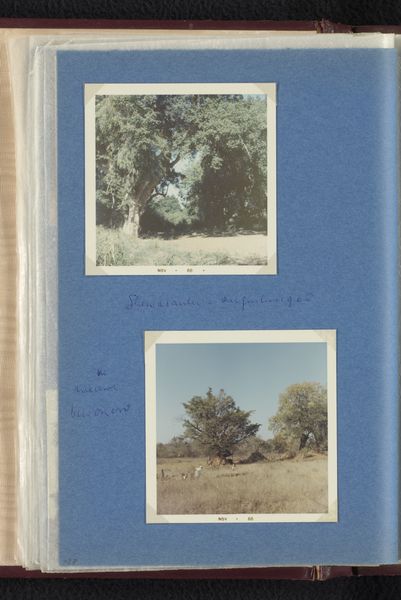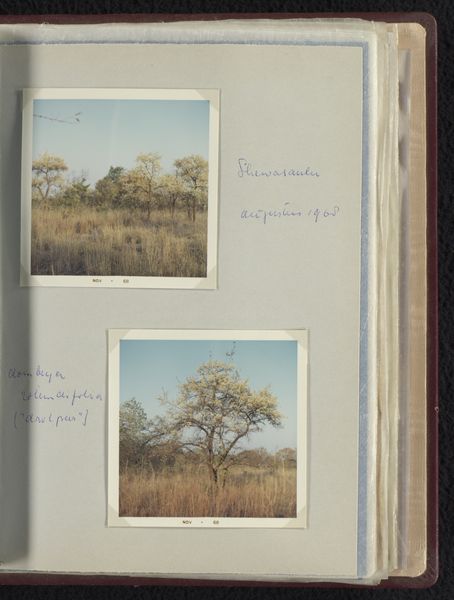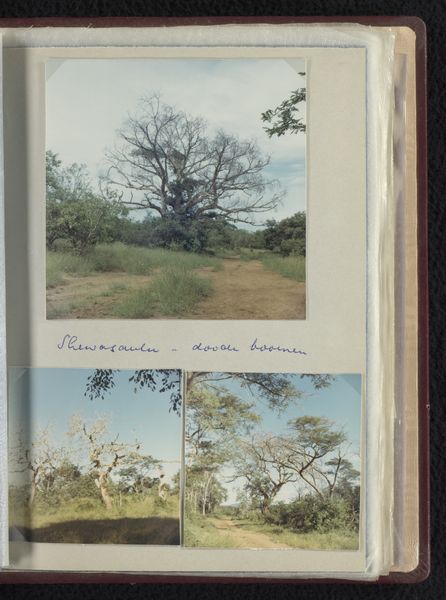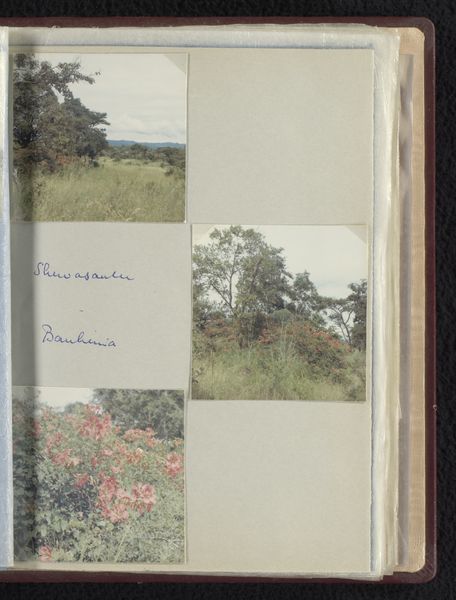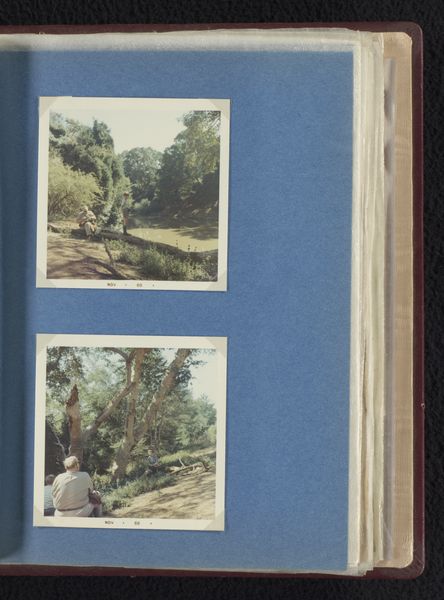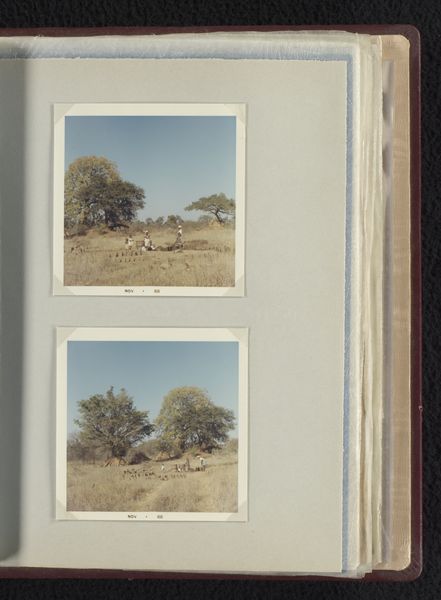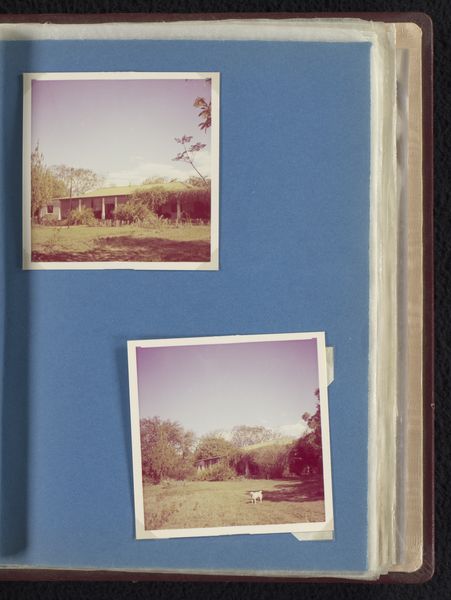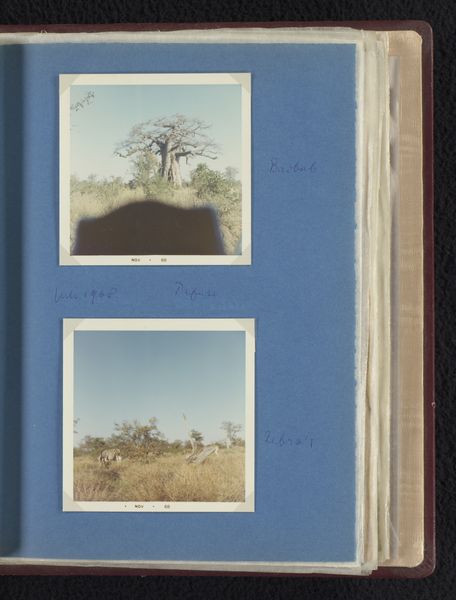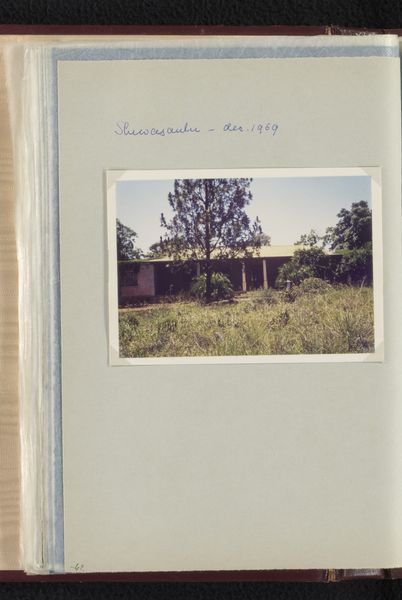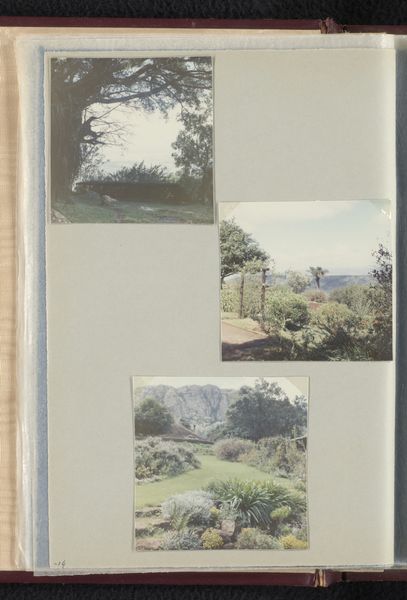
Twee Zuid-Afrikaanse mensen met draagmanden op het hoofd, bij Shewasaulu 1968
0:00
0:00
photography
#
landscape
#
street-photography
#
photography
#
coloured pencil
#
modernism
Dimensions: height 240 mm, width 190 mm
Copyright: Rijks Museum: Open Domain
Editor: This is a photograph from 1968 by Willem Jacob van den Berg, titled "Twee Zuid-Afrikaanse mensen met draagmanden op het hoofd, bij Shewasaulu". It's a striking image, especially with its candid capture of everyday life. What can you tell me about it? Curator: This image, beyond its aesthetic value, operates as a cultural artifact rooted in South Africa’s complex social and political landscape during the late 1960s, in the Apartheid era. The "two South African people with baskets on their heads" aren't merely subjects, but carriers of history, labor, and potentially resistance. Editor: Resistance? How so? Curator: The very act of depicting Black individuals with such quotidian dignity challenges the dominant narratives propagated during Apartheid. Van den Berg, by documenting this scene, implicitly questions the dehumanizing rhetoric of the regime. Who is he and what privilege does he benefit from that he is in a position to capture this photo? What is included in the shot and more importantly what is excluded from this photo. Editor: That makes me reconsider how I originally viewed it. I focused on the visual elements. Curator: We need to acknowledge the loaded gaze inherent in the act of photographing individuals within a colonial or post-colonial context. Do you see the ways the composition either reinforces or attempts to subvert that power dynamic? Is this framing exploitative? What agency did those depicted have? These are all things to keep in mind. Editor: So it's about critically examining the circumstances surrounding its creation and reception to challenge historical power dynamics. Thank you! Curator: Exactly, always interrogate what narratives are being told and whose voices are centered or silenced within these images. It is the artist's job, and ours, to keep these cultural narratives alive!
Comments
No comments
Be the first to comment and join the conversation on the ultimate creative platform.
